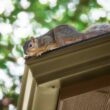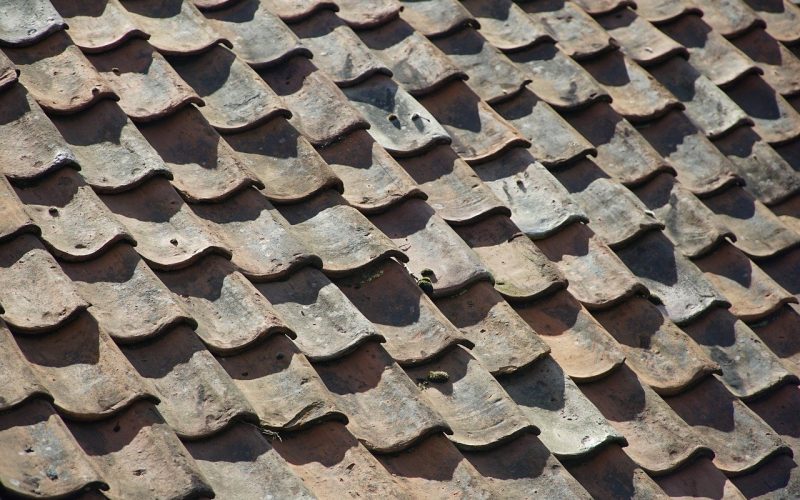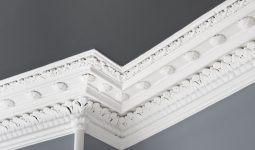The durability and integrity of your roof are vital to your safety and comfort, as well as the resale value of your home.
A critical part of ensuring the structural soundness of your roof is preventing leaks.
With adequate maintenance, you not only prevent leaks but keep your roof for as long as 30 years.
Where should you begin? Do you clean your roof promptly? Should you get up to the roof and inspect it yourself?
Unless you’ve had some training, it’s always best to leave the task of preventative maintenance to professionals.
Follow this plan to avoid experiencing future roof leaks.
Get a Roof Inspection
All roofing services will offer a thorough inspection, with the best one providing a detailed report.
Some roofing companies provide the service for free when a customer requests a quote for roof replacement or repair.
How Often Should You Get an Inspection?
For new homes, an annual inspection would be suitable enough to identify potential issues, such as cracked or missing shingles, clogged gutters, or weak caulking. For older homes, every six months would be best to ensure the structure is sound during extreme weather conditions.
Roof inspectors check all components of the roof. Aside from the gutters and downspouts, inspections will also cover the soffits and fascia, roof penetrations (e.g., vents, pipes, and other components that create holes in the roof), skylights, and the overall condition of the roofing material.
Address Minor Repairs Promptly
Do not delay minor repairs. Small issues like a cracked shingle, loose flashing, or even a small leak can escalate into significant problems over time. You need to address these minor issues promptly, so a shingle replacement, reattached flashing, or roof leak repair ensures the integrity of your roof without the big cost.
Apply Roof Coatings
Ask your roofing specialist if they can apply protective roof coating. This type of coating can reflect UV rays and provide an additional layer of protection against the elements. Your roof will likely need protective coating if your property is near the coastal area or an industrial neighbourhood.
If your roof already contains protective coating, recoating may be necessary. Your roofing specialist must follow technical recommendations on testing, preparation, coating and drying.
Control Moss and Algae Growth
Wet weather and shaded trees are perfect for moss and algae growth. Moss retains moisture and algae leaves dark streaks, accelerating the deterioration of your roof. Roof maintenance and mitigation can control moss and algae growth.
Clean the Roof
When you’ve scheduled to do a thorough cleaning of your home, include the roof. This is best done before the wet weather season or winter. When you’ve got a lot of trees around your yard, roof cleaning is essential because debris will prevent proper water drainage, damaging the gutters and affecting the roofing structure.
Clear the gutters of leaves, twigs or other debris. Trimming the trees, especially branches that hang over your roof, may also be necessary to prevent further debris.
Keep Your Attic in Good Condition
If your home has an attic, the roof inspector can also check the roof from this room. They can look for stain or water damage, which is easy to spot on bare wood.
Make sure your attic is water-tight and has good ventilation. Moisture and heat buildup can lead to leaks.
What Do You Do When Your Roof Leaks?
In some cases, leaks still occur. If this happens to you, you can do a few simple things before the roofing company reaches you to fix the problem.
- Clear the area where water is dripping; cover any furniture with plastic sheets to protect them.
- Place a bucket where the water drips to minimise interior damage.
- If the roofing company can’t come yet, use a tarp or polyethylene sheeting on the exterior surface of your roof as a temporary solution.
Not all leaks come from a damaged roof. If a roofing inspector doesn’t find any problems with your roof, the source of the leak could be any of the following:
- Pest infestation
- Plumbing issues
- Heating and cooling systems
The Impact of Weather on Ageing Roofs
Exposure to the elements accelerates the ageing process of roofs. Rain, wind, snow and heat waves create a challenging environment for roofs.
Here’s how weather affects an ageing roof.
- Rain and Snow: Water infiltration is the primary cause of roof leaks. Over time, persistent rain and snow can wear down roofing materials, leading to cracks and holes where water can seep through.
- Wind: Strong winds can lift shingles or tiles, exposing the underlayment and creating entry points for water.
- Sun: Prolonged exposure to UV rays can cause materials to break down. They become brittle and lose their protective qualities.
- Temperature Fluctuations: Expansion and contraction due to temperature changes can cause roofing materials to crack and deteriorate.
You may not give much thought to your roof – not until a problem occurs. With preventative maintenance, once a year or twice a year, you can ensure the structural integrity of your roof. Be proactive, keep a leak-free roof and enjoy peace of mind no matter the weather.








